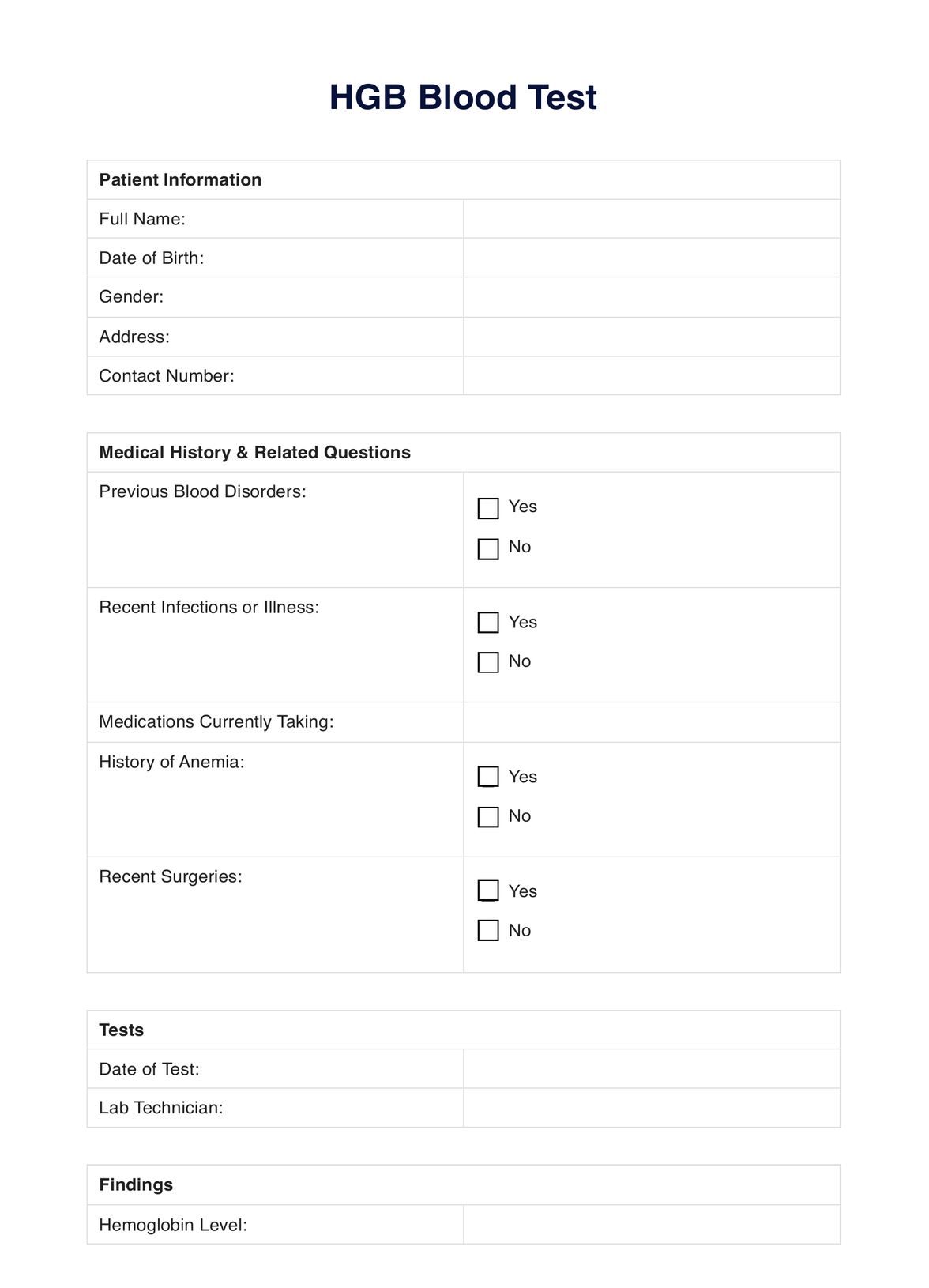Carepatron prioritizes data security. All patient information, including HGB test results, is encrypted and stored securely, ensuring confidentiality and peace of mind.

Dive into our comprehensive guide on the HGB Blood Test. Understand its importance, learn how to use it, & discover why Carepatron is the best platform.
Carepatron prioritizes data security. All patient information, including HGB test results, is encrypted and stored securely, ensuring confidentiality and peace of mind.
Absolutely! Carepatron's platform is versatile, allowing integration of various lab results ensuring comprehensive patient care.
Carepatron's telehealth feature allows healthcare professionals to consult with patients remotely, discuss HGB test results in real time, and provide immediate feedback, ensuring timely interventions.
EHR and practice management software
*No credit card required
Free
$0/usd
Unlimited clients
Telehealth
1GB of storage
Client portal text
Automated billing and online payments